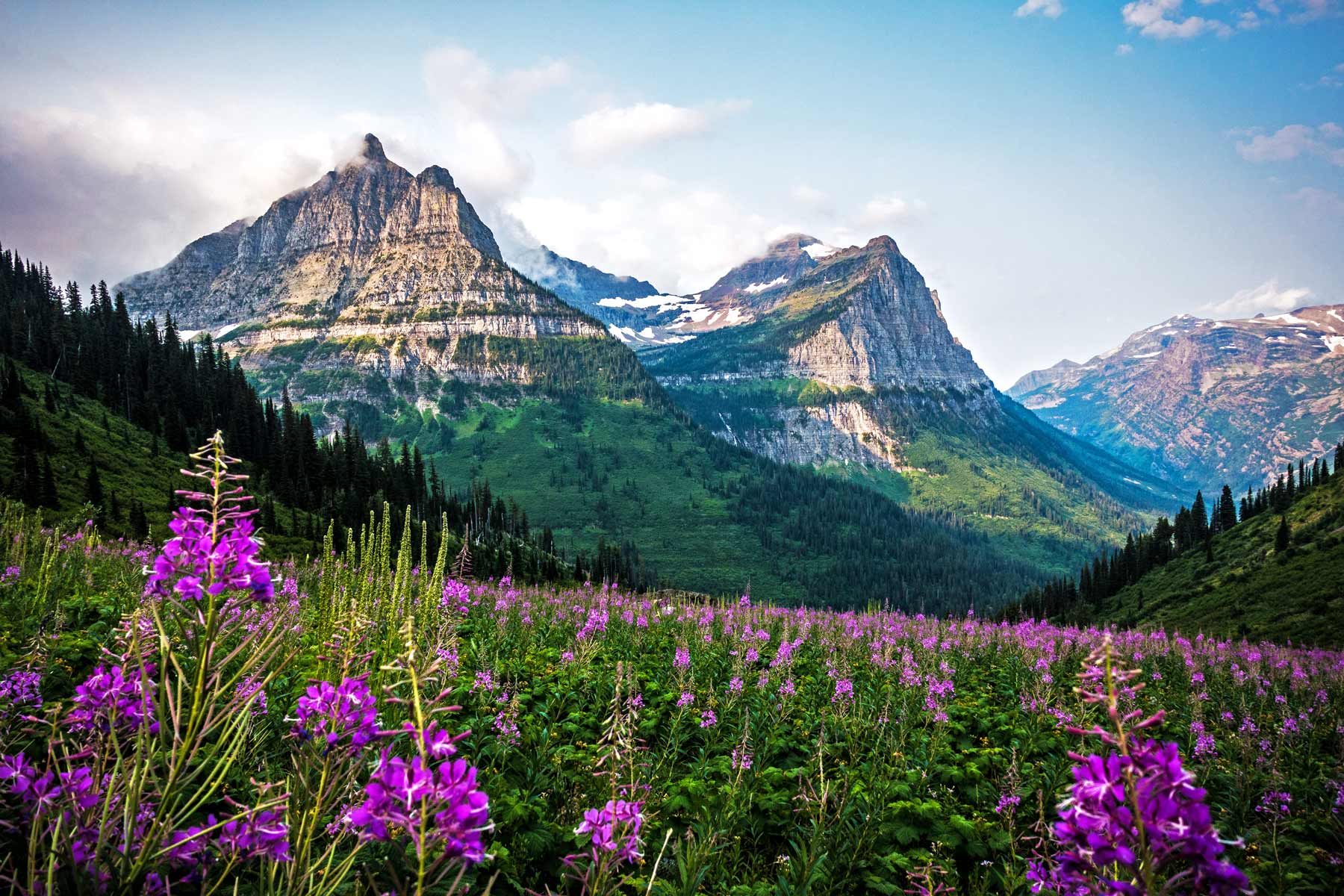Glacier National Park, located in the northern Rocky Mountains of Montana, is one of the most breathtaking natural treasures in the United States. Known for its awe-inspiring landscapes, diverse wildlife, and pristine wilderness, the park attracts millions of visitors each year. While many come to hike its trails and admire its mountain views, there are numerous interesting facts about Glacier National Park that reveal just how unique and special this place is.
A Land of Glaciers
As the name suggests, Glacier National Park was named for the glaciers that carved its rugged peaks and valleys millions of years ago. Today, however, only a fraction of those glaciers remain. When the park was established in 1910, there were around 150 active glaciers, but due to climate change, that number has dwindled to fewer than 25. Scientists estimate that by 2030, these remaining glaciers could disappear entirely. Despite this decline, the park’s dramatic glacial landscapes continue to draw visitors eager to see these natural wonders before they vanish.
Over 700 Miles of Trails
For hikers, Glacier National Park is a paradise. The park boasts more than 700 miles of trails, offering everything from short, scenic walks to challenging backcountry treks. Popular routes like the Highline Trail and Grinnell Glacier Trail provide stunning views of the park’s iconic landscapes, including towering mountains, alpine meadows, and crystal-clear lakes. Many of these trails also provide opportunities to spot wildlife, such as mountain goats, bighorn sheep, and even the elusive grizzly bear.
A UNESCO World Heritage Site
Glacier National Park isn’t just a U.S. treasure; it’s also recognized internationally for its ecological significance. In 1995, the park was designated a UNESCO World Heritage Site, in part because of its unique ecosystems and diverse species of plants and animals. The park is home to more than 1,000 species of plants and hundreds of animal species, including rare and endangered ones like the Canadian lynx and the wolverine. Its inclusion in the UNESCO list helps ensure the protection and preservation of its natural beauty for future generations.
The “Crown of the Continent”
One of the most interesting facts about Glacier National Park is that it forms part of what’s known as the “Crown of the Continent” ecosystem. This vast wilderness region spans more than 10 million acres and crosses the U.S.-Canada border. Along with Waterton Lakes National Park in Canada, Glacier National Park forms the Waterton-Glacier International Peace Park, the first of its kind in the world. This partnership symbolizes the commitment to conservation and peace between the two nations.
Home to the Going-to-the-Sun Road
The Going-to-the-Sun Road is one of the most famous scenic drives in North America, and it’s located right in Glacier National Park. This 50-mile road traverses the park, winding through mountain passes and offering jaw-dropping views of waterfalls, glaciers, and forests. The engineering marvel was completed in 1932 and remains a highlight for visitors looking to experience the park’s beauty from the comfort of their car. Along the way, there are numerous pull-offs and viewpoints, perfect for taking photos or simply soaking in the majestic surroundings.
Conclusion
Glacier National Park is much more than just a scenic destination—it’s a place filled with fascinating history, diverse ecosystems, and unparalleled natural beauty. From its famous glaciers to its expansive trails and international conservation efforts, Glacier National Park continues to captivate visitors from around the world with its many wonders. Whether you’re planning a visit or simply curious about its unique features, there’s no shortage of interesting facts to discover about this iconic park.
